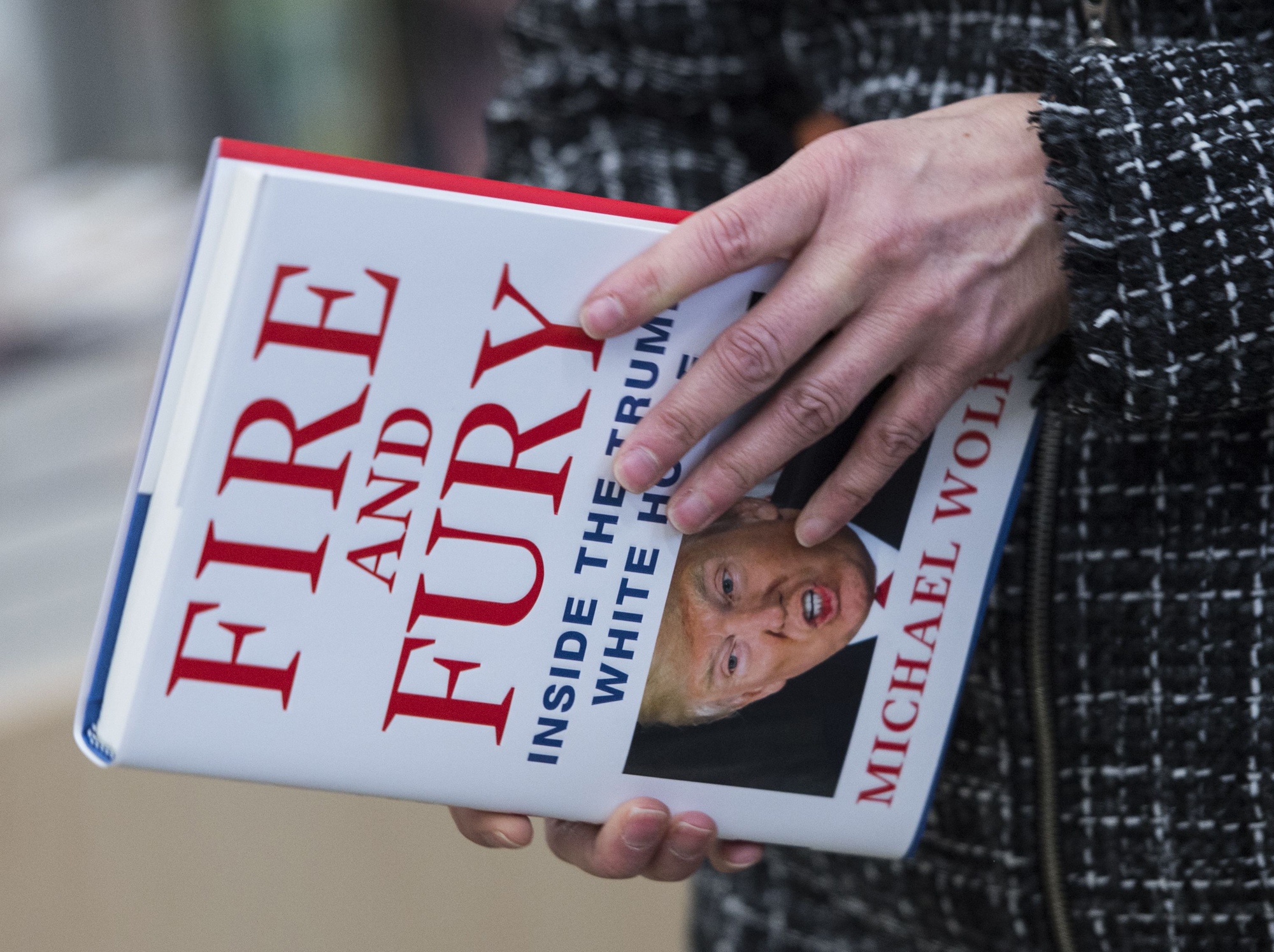Reading Michael Wolff's "Fire and Fury: Inside the Trump White House" — the season's most-talked-about literary sensation — I came away with the distinct impression that Americans have it good. Here's a mental exercise: Try to imagine the "Wolffing" of Russian President Vladimir Putin.
The extent of Wolff's White House access is a matter of debate: There's not much in the book to indicate it was particularly extensive or effectively used. But Wolff's description of his modus operandi would make anyone planning a similar book on Putin's administration instantly jealous. He "took up something like a semi-permanent seat on a couch in the West Wing" as a "constant interloper," which allegedly enabled him not just to watch the comings and goings but to conduct 200 interviews with top presidential staff. Wolff wrote that guests of the White House's West Wing would sometimes be left to "find their own way through the warren that was the Western world's pinnacle of power" — but the "warren" is in reality a small area on just two floors of a cramped building.
By contrast, what we call "the Kremlin" isn't really localized in the medieval fortress on the Moskva River. The presidential administration's most important departments are split between the Kremlin's Building 1 and the former site of the Soviet Communist Party's Central Committee on Staraya Square, a short walk from the Kremlin. The huge, labyrinthine Staraya complex is designed so that outsiders only go where they're meant to, and in Building 1 guards accompany a visitor even to the bathroom.


















With your current subscription plan you can comment on stories. However, before writing your first comment, please create a display name in the Profile section of your subscriber account page.